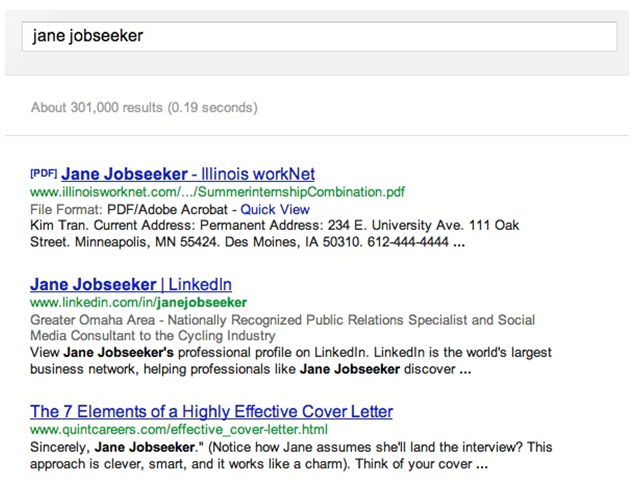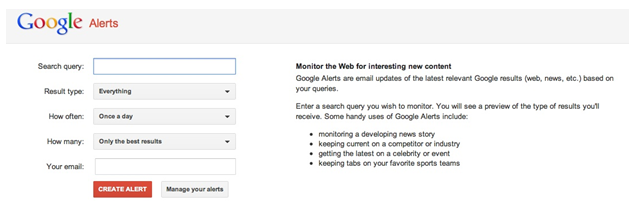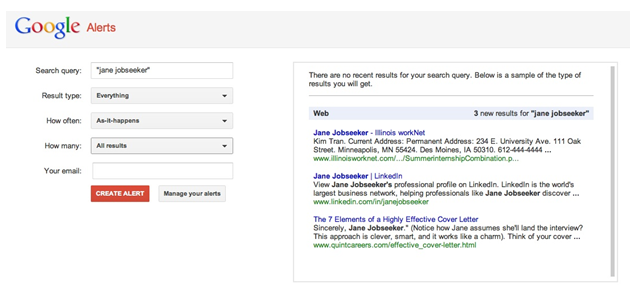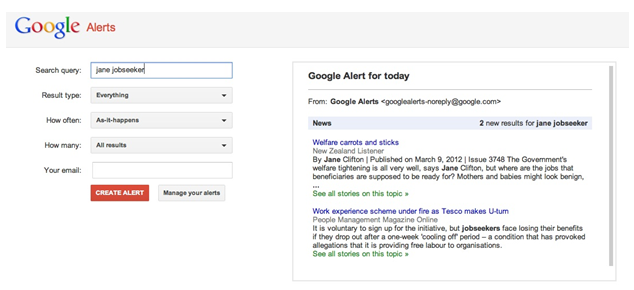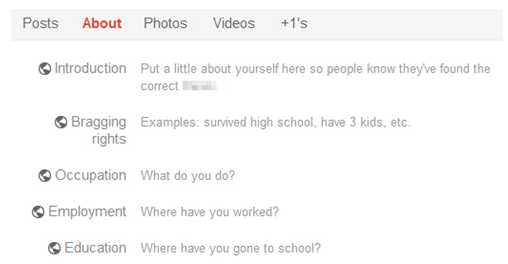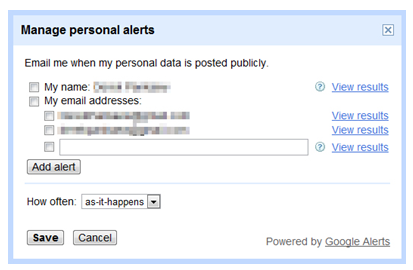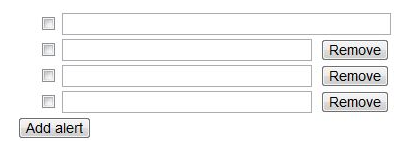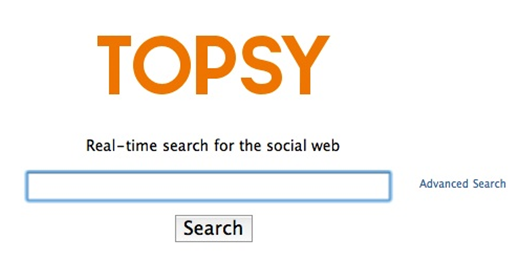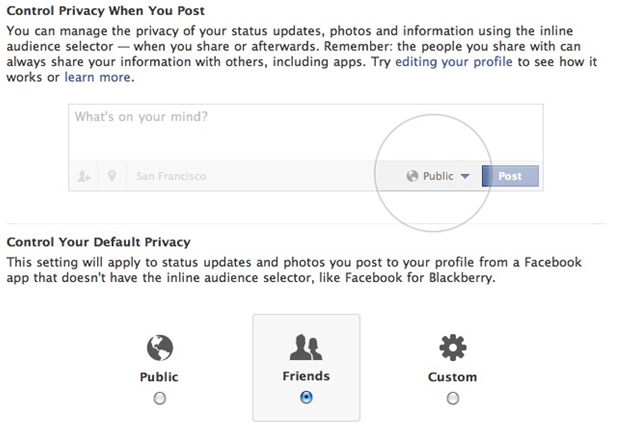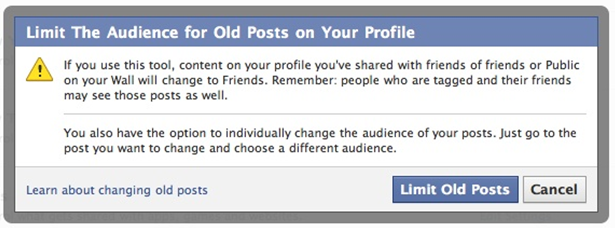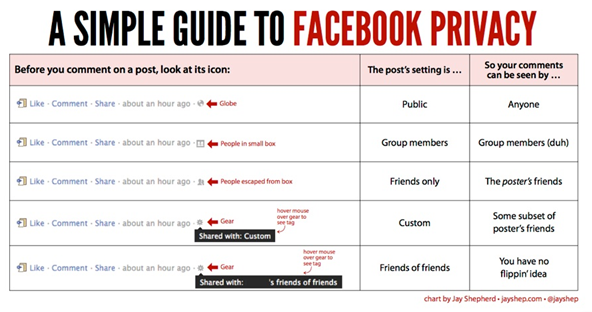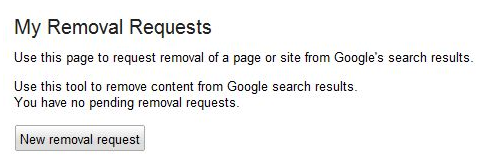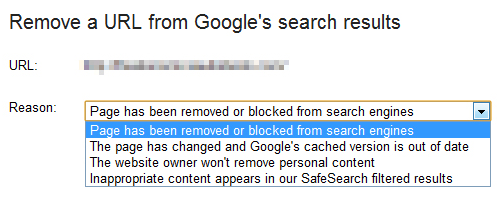When searching for a job, it’s very common for employers nowadays to look at your online profile. This information isn’t just used to “rule out” candidates — finding a broad online presence can also improve your chances of getting the job by increasing your “know, like, and trust” factor. What a company finds about you online should reassure them about your qualifications and suitability as a prospective employee … not raise red flags.
But it’s the negative information that can hurt your chances of getting the job. A 2009 survey found that 79 percent of hiring managers in the U.S. researched candidates online before making a hiring decision. Another survey found that 70 percent of recruiters and hiring managers eliminated candidates after they found negative information about them from online sites like Facebook. More and more companies are reviewing the Facebook profiles of job applicants, either as a first step in the screening process (to narrow down the pool of applicants) or before inviting a candidate to an interview.
Prospective employers will make judgments about you based on what they find out about you online. You want to come across as committed, competent, skilled, and of strong character and integrity. You can manage the impression others have about you through your online presence. However, it is important that your online professional image is also authentic and credible.
It is also important to note that if you aren’t managing your personal brand online, it’s still being formed (but without your input). Your online identity is determined not only by what you post, but also by what others post about you — whether a mention in a blog post, a photo tag or a reply to a public status update. When someone searches for your name on a search engine like Google, the results that appear are a combination of information you’ve posted and information published by others. You can be the author of your online identity by taking a strategic, proactive approach to managing your online presence.
What is online about you is more important than ever, and this guide will help you manage your online presence as it relates to the job search.
Assess Your Presence
The first step is to see what’s out there already. Monitoring your online presence is easy if you know which tools to use. Many of these are free.
Start by Googling yourself. On the Google homepage (http://www.google.com), type in your name.
Note: If you have a Google account (i.e., Gmail or YouTube), you will find you get different results if you are logged into your Google account when you conduct your search. Log out of Google before conducting your search so you can see what others see when they Google your name.
If you have a common name, you will want to see what information is broadly available through a simple name search, but then also narrow it by your profession or geographic location. (For example: “Jane Jobseeker Public Relations” or “Jane Jobseeker Omaha.”)
You will want to note how many search results are returned — but you will primarily be looking at the first 2-3 pages of search results.
Google Alerts
You should also set up Google Alerts for your name, so that you can be alerted when new information is posted online about you.
Use your name as the search query and determine what information you want searched (Everything, News, Blogs, Video, Discussions, Book), how often you want to receive email alerts, how broad you want the results to be (Everything, Only the Best Results), and where you want the alerts sent.
Use quotation marks to make your search more specific. You will get a preview of the search results in a box on the right-hand side of the page, which will help you further refine your search query.
For example, using quotation marks results in these sample search results:
Removing the quote marks makes it more likely that you will receive results that are irrelevant.
You can modify these alerts at any time, so start with broad results and you can refine them over time.
Me On the Web
“Me On the Web” is Google’s way of helping people manage their online brands. Using “Me On the Web,” you can create a profile to put your best foot forward, set up alerts to help you figure out when people are talking about you, and attempt to remove negative items related to your online presence.
Access Google’s “Me On the Web” here:
https://www.google.com/dashboard/b/0/
You will need to sign into your Google account — or create one — to access the tools.
Google recommends keeping your profile updated so people who are searching for you will be able to find precisely the information you want them to find.
To change your profile, click “Edit profile” in your dashboard.
Then just click an area to edit your profile.
One of the main features of “Me On the Web” is the ability to alert you when something changes with the results that come up when you search your name. Click “Set Up Search Alerts for Your Data” under “Me On the Web” in your Google Dashboard to create your alerts.
A new screen will pop up where you can choose what you want to be alerted for. Typically, Google will alert you whenever the results for your name or email address change.
You can also set up custom alerts. For your job search, you can set up alerts whenever a company you want to work for is mentioned. Just click “Add alert” and add in as many custom alerts as you want.
“Me On the Web” helps inform you when you’re mentioned online with Google Alerts and helps you choose what information is displayed to the public with Google Profile.
Twitter Monitoring
You can also set up an application called “ifttt” — “If This Then That” — to send you an email whenever you are mentioned on Twitter.
Sign up for a free account at http://ifttt.com/ and use recipe number 19739 (http://ifttt.com/recipes/19739). Replace “MyCompany” with your name and you will receive instant email notifications every time someone mentions your name on Twitter.
You can also use a free service like Topsy to create alerts and monitor your online presence.
You can also subscribe to online services to monitor and manage your online reputation.
Reputation.com
You can sign up for a free reputation snapshot. You will likely see some of the same results as you’ve found through your earlier search efforts.
Reputation.com also offers additional (paid) services to help you monitor and manage your online presence. For as little as $9.95/month, the company’s “MyReputationDiscovery” will search the “Deep Web” for information about you:
http://www.reputation.com/myreputationdiscovery
You can also measure your social influence using a site like Klout.com (http://klout.com/home). Klout create a “Klout Score” that measures your online influence (on a scale of 1 to 100).
Scrubbing Your Digital Dirt
Negative information about you online is referred to as “digital dirt.” Like its physical counterpart, it can be messy and difficult to get rid of. However, one effective strategy for managing your online reputation is to “bury” your digital dirt.
Although your Google search results may have returned thousands — or hundreds of thousands — of results, it’s what is in the first 3-5 pages of results that is most important.
There are two steps to managing your online presence: Removal and/or correction of incorrect or inappropriate information, and posting new content which will move the unfavorable information lower in your search results.
One of the strongest ways to create positive online content is through social media. Facebook, Twitter, and LinkedIn often appear prominently in Google search results.
Your Facebook Profile
Facebook is increasingly being used by job seekers — and employers — in the job search. More than 18 million Americans credit Facebook as the source of how they found their current job. A 2011 Jobvite study found that 84 percent of job seekers had profiles on Facebook.
Having a Facebook account will also give you access to Facebook-related applications (apps), such as BeKnown, Glassdoor, and Branchout, which use your Facebook network to help you connect to job opportunities. These tools allow you to leverage your network to find job openings and insider connections into the companies you want to work for.
It is very important to check out your privacy settings on Facebook. Restricting the information you show to the public is important — but don’t just “set it and forget it.” Facebook occasionally updates its privacy settings, so you should review your settings regularly.
Learn more about Facebook privacy settings here:
http://www.facebook.com/settings/?tab=privacy
Another key setting is “Past Post Visibility.”
When you click on the “Manage Past Post Visibility” link, it will open a new box asking you to confirm that you want to change all of your past status updates to “Friends”-only visibility. If you click “Limit Old Posts,” it will automatically reset all your previous posts to a more private setting.
If you choose not to change the visibility of all your old posts, you can change the visibility of individual posts by clicking on each post. (This can be quite time-consuming if you have a lot of posts.)
Another important step is to see how the public views your profile. You can check this with Facebook’s “View As…” option under “Edit Profile.”
http://www.facebook.com/editprofile.php
Finally, be aware that when you comment on other people’s posts, the information may be more “public” than you were aware.
Be sure to post content related to your profession or career on your Facebook page — and make those posts public. Share content you find in industry publications, traditional media, and blogs. Comment thoughtfully on the content. Post inspirational quotes from business leaders and relevant facts, figures, and infographics.
Keep in mind, however, the “Golden Rule” of posting any information online: If you don’t want your mom (or grandmother, or sister) to see it, don’t post it. Anyone who has access to your private profile can take a screen shot and post it publicly.
In addition, some employers are asking for access to Facebook accounts. They ask the jobseeker to log into their account and then peek over their shoulder as they scroll through the account. In this instance, if you change post settings to “Only Me,” those will still be visible if you are logged into your account, and the hiring manager will be able to see them on your page. You are better off deleting controversial content — or not posting it in the first place. As the old saying goes, “Sometimes the best offense is a best defense.”
Requesting Removal of Online Information
If you find information online that you don’t want to be public, first determine who controls the content. For example, if the photo you want to hide is on your Facebook profile, you can change the visibility settings of that photo. If, however, the unwanted content resides on a website or page you don’t control, you can request that it be removed.
Note: Google won’t remove the content for you. Google’s company policy is that they will not change search results to cater to individual people. (If, however, the site in question is publishing your confidential personal information, Google will intervene. This includes your social security or government ID number, bank account or credit card number, an image of your handwritten signature, or your name if it is associated with a porn site.)
To get an item removed, you need to first contact the website’s owner to get them to change it. You want the information removed at the source, because if it isn’t removed from the original website, people will still be able to see it, even if it doesn’t appear in Google’s search results. And remember, removing content from Google’s search results doesn’t remove it from other search engines (i.e., Bing, Yahoo).
After the webmaster has made the change, the negative result will still show up in Google for some time until Google updates their index. Note: If the content has not been removed from the website, the content will reappear in Google’s search results when that site is indexed again in the future.
If you’ve removed a negative item and need Google’s index to reflect that immediately, you can go through Google’s removal procedures to have that item taken out of the index. Here’s how.
Start by going to the removal request page:
http://www.google.com/webmasters/tools/removals
Click “New Removal Request.”
Enter the URL you want removed.
Finally, select the reason you want it removed and hit the “Request” button. Make sure you choose the right reason for your situation.
Populating Your Online Presence
You can distinguish yourself online by using your middle name or middle initial online (and then be sure to use the same name on your career marketing documents).
Own Your Name — Vanity URL
One of the best things you can do is register your name as a domain name, also known as a vanity URL. You should also “claim” your name on social media accounts. Social networking sites like Facebook, Twitter, and LinkedIn offer vanity URLs, where your username is in the URL. You can then create a simple website or blog which provides links to all of your online accounts — especially the ones you want to direct a prospective employer to review. If you use your real name as your handle on social network sites, you will rank higher in Google search results.
Claim Your Profile — Or Remove Your Profile
There are numerous “people search” sites that take publicly-available information and aggregate it online. You have two choices with these sites — “beat ‘em” or “join ‘em.” You can either ask to have your information removed from the site, or you can “claim” your profile and create an account (usually free) to ensure the information listed is accurate.
Here are some of the most popular free “people search” sites:
http://www.freephonetracer.com/
http://www.phonedetective.com/
“People search” sites make money by selling your personal information online, which means they don’t like to remove that information. You can often find instructions for submitting your request for removal on the website (sometimes it’s hidden under “Privacy” or “Terms of Service” at the bottom of the website), but they may make you jump through hoops to do so, requiring you to fax a request or send a copy of your identification.
Requesting removal once also won’t guarantee that the information won’t reappear in the future. Because many of these companies acquire their data from a variety of public sources, it’s likely that your name will reappear when they re-index their database.
Other Ways to Create Content
Postings on blogs and news sites often appear in search results. Writing constructive comments can be a good way to create new content for Google to associate with your name.
An extremely powerful way to create new content for your Google search results is by blogging. A personal or business blog — if you are committed to it — can provide a solid online presence. If you don’t like to write, you can shoot videos and publish it on your blog.
Posting content on these sites will also show up prominently in search results:
• YouTube
• Flickr
• Google+
• About.me
• BigSight
Reviews you post on Amazon.com will also show up in your Google search results.
Also, while we’re at it, ensure that your LinkedIn profile aligns with your résumé. Many recruiting managers and hiring managers compare the two.
Reputation Management is Not A One-Time Thing
Social recruiting isn’t going away. A 2011 Jobvite Social Recruiting Survey found that 89 percent of employers surveyed said they would recruit using social media in 2012, and nearly 55 percent of those surveyed said they are increasing their budgets for social recruiting. With the increasing emphasis on social recruiting, online reputation management is even more critical.
Some of the steps involved in online reputation management can be done quickly, but the Internet has a long memory, so be aware that it will take time for your new content to begin replacing old content, and even more time for your old information to “disappear” from your search results. Most important, the need for ongoing online reputation management is vital. Continue to monitor your online presence, even when you’re not in active job search mode.

